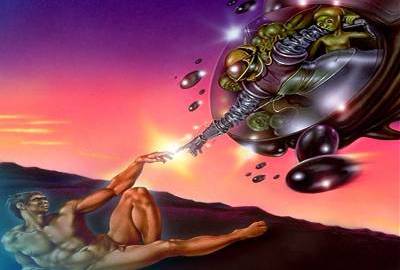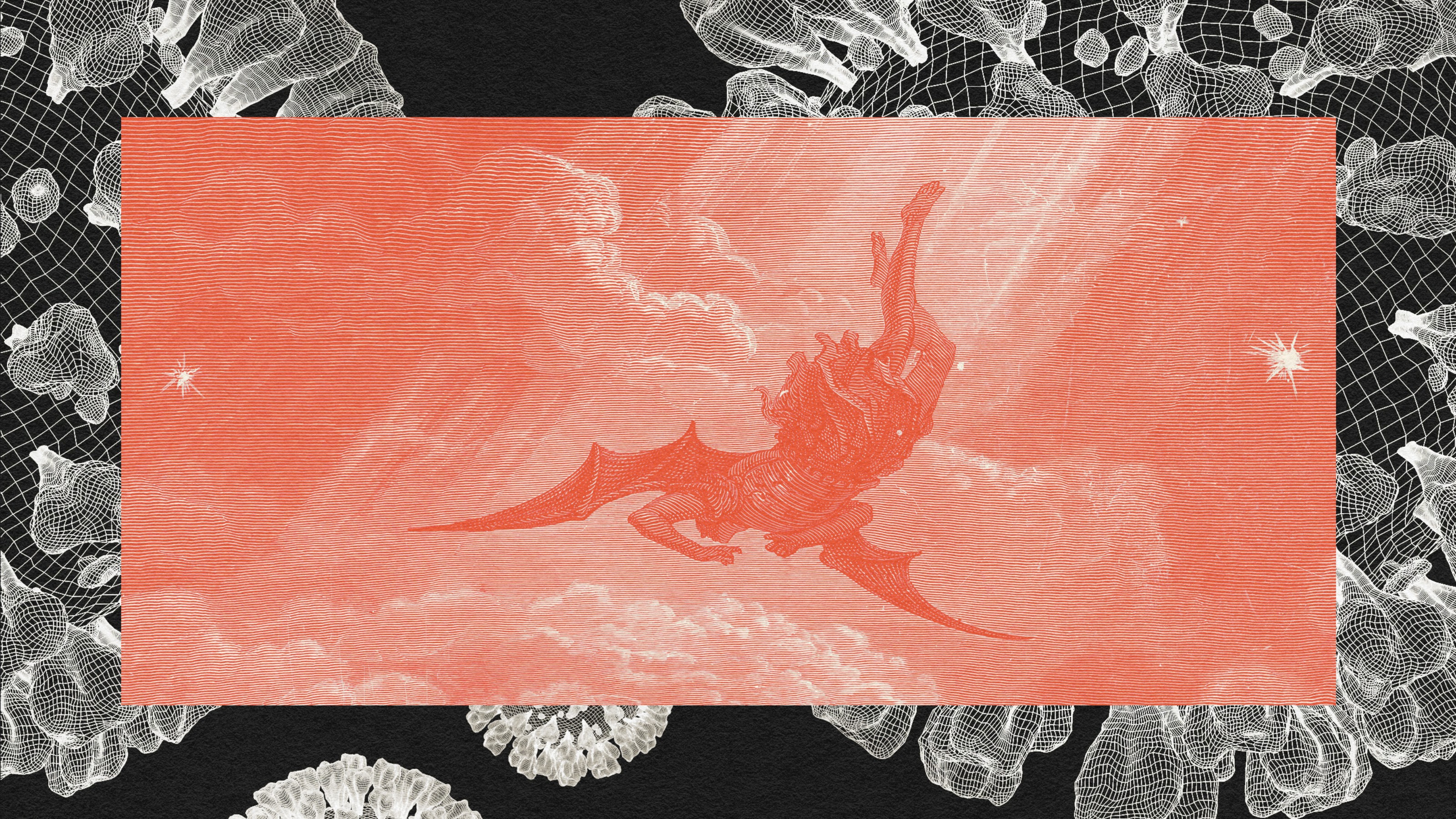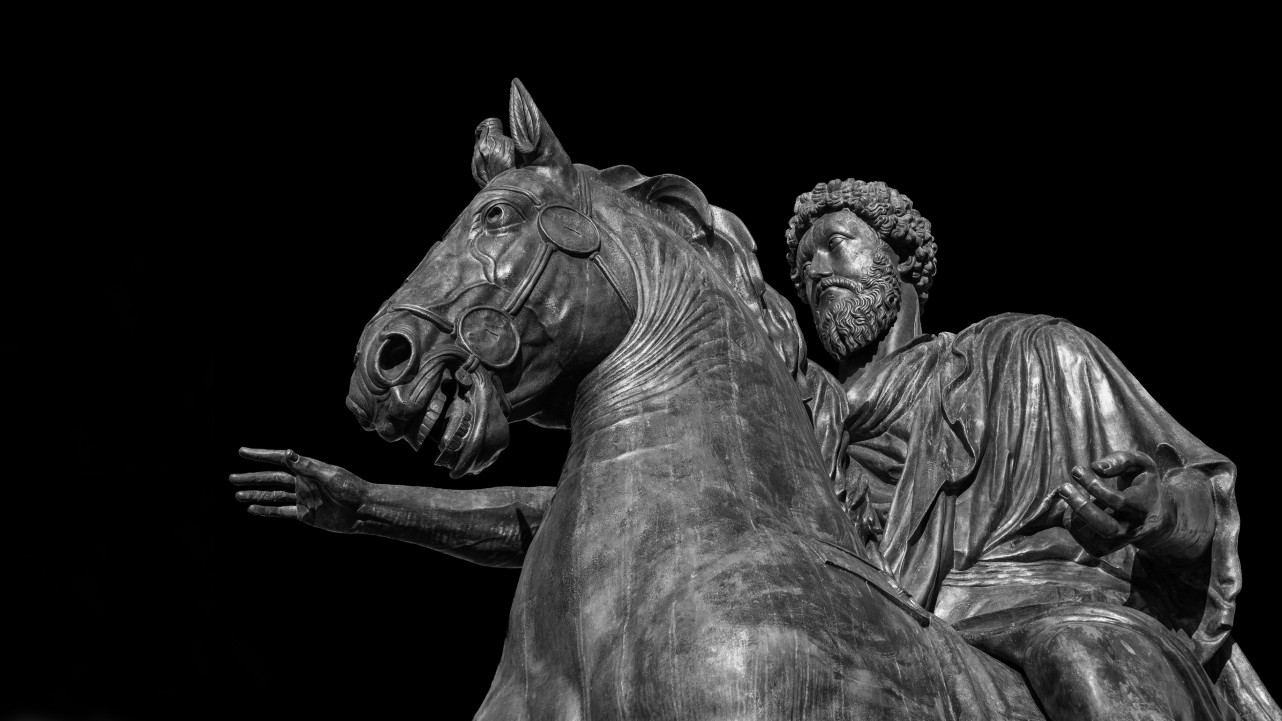The Atheist NetRoots and What It Means to Live Without Religion

One of the topics I will be covering at Age of Engagement is the growth and impact of what has been called the New Atheist movement, a collection of authors and bloggers who argue that science undermines the validity of religion and even respect for the religious.
The principal driver of the New Atheist movement’s growth has been the interaction between traditional media in the form of best-selling books such as Richard Dawkins’ The God Delusion and the rise of atheism-focused bloggers such as PZ Myers.
As I describe in the Big Think interview below, much like in politics more generally, this symbiosis between the publishing industry and the atheist blogosphere has challenged the ability of long-standing organizations focused on the promotion of secular values–such as the Center for Inquiry–to continue to set the agenda for what it means to live without religion in American society.
While the addition of more voices and participants to the secular movement have many positive benefits, as the founder of the Center for Inquiry Paul Kurtz has warned, the New Atheist mix of pundits and bloggers is now overly focused on attacking religion, at the expense of other goals.”It’s become fixated in recent years on atheism, the criticism of religion,” Kurtz told the Buffalo News earlier this year. “And I think that’s a strategic blunder.”
What’s missing argues Kurtz is a focus on positive values. “Let’s say the atheists are successful, and religion continues to decline, so what do you have, a vacuum?” he said. “That’s really the burning issue in America today: How shall I live? What should I strive for?”
For more discussion, see the video below. What do readers think?




